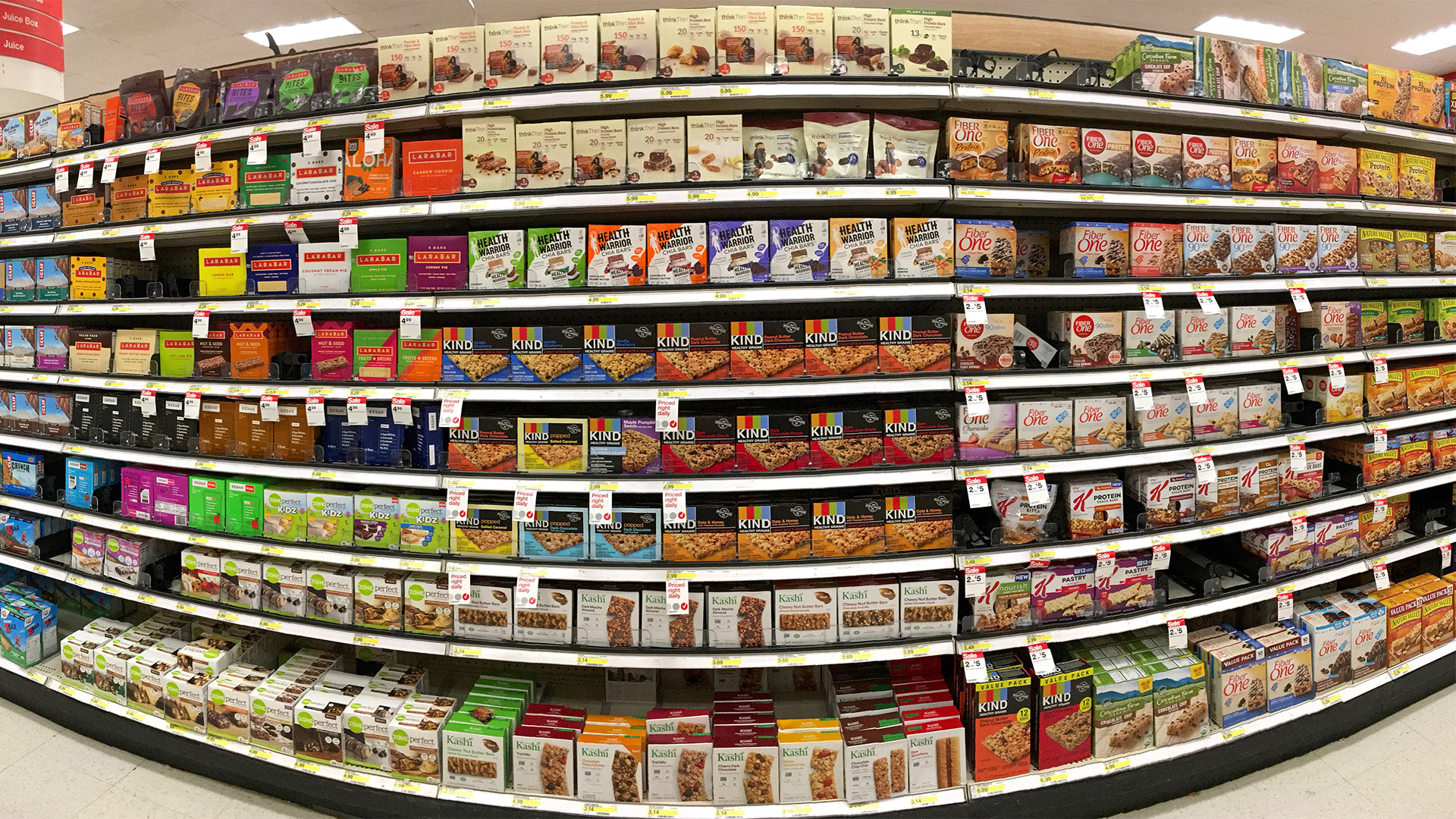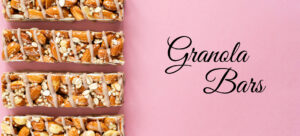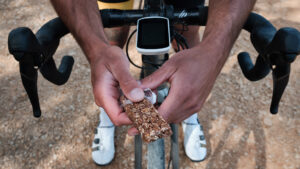Brand love includes passion for the brand, attachment to the brand, positive evaluation of the brand, positive emotions in response to the brand, and declarations of love for the brand. Love is an important element in the consumer-brand relationship (Batra, et al.: 2012). Customers who are in love with a brand have felt a positive experience of the brand (Junaid, et al.: 2019).
In the ever-evolving world of marketing, brands are continually seeking innovative ways to communicate their product or service benefits to consumers so they could succeed in brand love, as brand loyalty and customer active engagement are outcomes of brand love (Bergkvist& Bech-Larsen, 2010). Two primary categories that brands emphasize are functional benefits and emotional benefits. Functional benefits are the tangible and practical advantages a product or service offers (i.e. such as taste, quality, convenience, and value for money) while emotional benefits appeal to the customers’ feelings and desires.
Communicating Functional Benefits
Snack bars have evolved beyond simple convenience foods; they are now powerhouses of functional benefits for health-conscious consumers. In the snack bar industry, where health-conscious consumers are increasingly mindful of their dietary choices, the competition is fierce, and consumers have high expectations. To succeed in this fast-paced environment, brands have a unique opportunity to effectively communicate the functional benefits of their products. Functional benefits, in this context, encompass the nutritional and practical advantages that these snack bars offer, and they have a significant influence on both intentions to repurchase and brand loyalty (Pangaribuan et al., 2020). Snack bar brands often use functional claims to communicate their benefits. Phrases like “protein-packed”, “fiber-rich”, “energy – boosting”, or “low sugar” serve as shorthand for the functional advantages the product provides. These claims resonate with consumers seeking specific benefits from their snacks.
Presentation of Quality Standards
Whether it’s through packaging, nutritional information, sensory experiences, quality assurances, product demonstrations, value-for-money promotions, using functional claims, building wellness- focused branding, snack bar brands must find creative and authentic ways to convey the practical advantages of their products. Many brands use clear and informative advertising to convey the functional benefits of their products or services. Some brands effectively communicate functional benefits by comparing their offerings with competitors. This technique highlights what sets them apart and why their product or service is superior in practical terms.
The Role of Customer Testimonials in Building Trust
Real-life testimonials from satisfied customers can also demonstrate functional benefits effectively. Brands can encourage customers to share their experiences and reviews on websites and social media, which can provide valuable social proof to potential buyers. These stories showcase how the product or service addressed specific needs and solved problems.
Functionality on Display: Prominent Messaging for Effective Communication
One of the foremost ways snack bar brands communicate functional benefits is through nutritional transparency. The first points of contact between consumers is the packaging. Brands can use packaging and labelling to communicate the functional benefits of their products effectively. Clear and concise information about the product’s features, ingredients, and usage instructions should be prominently displayed. Graphics and design elements can also convey quality, freshness, and other functional attributes.
In-Store Delights: The Impact of Sampling Events on Consumer Impressions
Taste and sensory experience are significant functional benefit in snack bar industry. Brands can leverage taste testing, demonstrations, and sensory marketing to allow consumers to experience the product firsthand. Sampling events and in-store promotions provide consumers with the opportunity to taste the product, which can create a powerful impression. Additionally, commercials and advertisements can focus on the sensory experience, using vivid imagery and descriptions to tantalize the senses.
Quality Control and Safety Measures as Functional Assurance
Brands can communicate functional benefits by highlighting their commitment to quality and adherence to industry standards. This can be done through certifications (e.g., ISO, FDA approval), quality control practices, and adherence to safety and hygiene standards. Emphasizing rigorous testing and quality assurance processes reassures consumers about the products safety and reliability. Additionally, highlighting certifications such as “organic,” “non-GMO,” or “low sugar” on packaging can convey functional benefits to the target audience.
Leveraging Special Offers and Discounts to Communicate Value
Price and value for money are essential functional benefits, particularly for budget- conscious consumers. Brands can clearly communicate these benefits through pricing strategies, special promotions, and loyalty programs. “Buy one, get one free” offers, discounts, and competitive pricing can attract consumers looking for economical choices.
Aligning Brand Imagery with Health and Fitness
Conveying the quality of ingredients is crucial for snack bars. Brands that emphasize the use of natural, whole, and organic ingredients can win over health-conscious consumers. Ingredient lists that are free from artificial flavors, preservatives, and high-fructose corn syrup signal a commitment to providing functional benefits that prioritize health and well-being. Health and Wellness branding plays a significant role in conveying functional benefits. Health- conscious consumers are drawn to snack bar brands that promote a holistic lifestyle and well- being. Brand imagery, logos, and taglines that align with wellness, vitality and fitness can effectively communicate the products functional benefits.
The Impact of Educational Content on Snack Bar Functional Benefits
Snack bar brands can engage their audience by providing educational content related to functional benefits – i.e. health and nutrition. Blog posts, social media updates and video content that explain the benefits of ingredients, how the bars fit info a balanced diet, and the science behind nutritional claims can build trust and loyalty. Innovation in snack bar formulations allows brands to continually communicate functional benefits. Brands that introduce new flavours, ingredients, and formulations can pique consumer interest, drawing attention to the evolving functional advantages of their products.
Communicating Emotional Benefits
Snack bars have transcended their functional role as simple sustenance and have become sources of emotional nourishment. It’s no longer just about satisfying physical hunger but also about catering to emotional hunger, providing moments of joy, comfort, and satisfaction in our fast-paced lives. As snack bars continue to innovate and diversify, they are set to play an even more significant role in our emotional well-being and daily routines. By connecting with consumers on a personal and emotional level, these brands create a deeper and more meaningful relationship with their target audience. That is why it is important to effectively communicate emotional benefits to consumers. Emotional branding is a consumer-centric, relational, and story-driven approach to forging deep and enduring affective bonds between consumers and brands (Roberts 2004). Over the past decade, emotional branding has emerged as a highly influential brand management paradigm (Gobe 2001; Zaltman 2003).(Thompson et al., 2006). Incorporating “feeling” into product design to present the emotional communication of user experiences has become a design trend of the twenty first century. Emotional branding involves senses and emotions that form a deep, lasting, intimate, emotional connection to the brand that transcends material satisfaction; thus, people enjoy products with matching brand labels more than those with mismatching brand labels (Morrison & Crane, 2007; Rahinel & Redden, 2013).(Yen et al., 2014)
Crafting Emotional Appeal Through Indulgent Language
Many snack bars, especially those in the chocolate or dessert-flavored category, capitalize on the idea of indulgence and pleasure. Snack bar producers in North America are elevating indulgence (Mintel) The packaging, imagery, and advertising often use words like “decadent,” “delicious,” and “treat” to evoke feelings of happiness and delight. Some snack bars leverage the emotional benefits of comfort and nostalgia. They remind consumers of simpler times or familiar flavours. Brands often use descriptions like “homestyle,” “just like grandma used to make,” or “old-fashioned goodness” to evoke a sense of comfort and nostalgia. Snack bars are known for their convenience, offering a quick solution for hunger or stress. Brands emphasize this by using taglines like “Your On-the-Go Snack” or “Stress-Free Snacking,” highlighting the emotional benefit of reduced stress and time-saving.
Communicating Emotional Benefits Through Health and Natural Ingredients
Some brands focus on the emotional benefits of energy and vitality, positioning their bars as a source of motivation and revitalization. Their advertising often features active individuals, emphasizing the emotional boost these bars can provide. Some snack bar brands communicate the emotional benefit of wellness and peace of mind. They emphasize their products’ healthy and natural ingredients to make consumers feel good about their snack choices. Snack bar brands with a focus on dietary preferences often communicate the emotional benefit of inclusivity and social connection. They create a sense of belonging for consumers with dietary restrictions or preferences, fostering an emotional connection with their brand. Brands that prioritize eco-friendly practices communicate the emotional benefit of contributing to a healthier planet. This resonates with environmentally-conscious consumers, who feel a sense of pride and satisfaction in making sustainable snack choices. Snack bars that align with fitness, wellness, and personal growth use messaging that communicates the emotional benefit of a positive lifestyle. They inspire consumers to make choices that support their well-being and personal development.
Storytelling Mastery: Forging Emotional Bonds
Brands leverage storytelling to create emotional connections with their audience. By telling a compelling narrative, they can make consumers feel a certain way about their products or services. This emotional connection enhances brand loyalty. Aesthetic appeal and design can evoke emotions in consumers. Brands that focus on aesthetics can communicate emotional benefits through visually pleasing marketing materials. Brands often use inspirational messaging to inspire and motivate consumers. These campaigns tap into the emotional benefits of self- improvement, empowerment, or aspiration. Customizing marketing messages to cater to individual needs and desires can create a strong emotional bond with consumers.Personalized recommendations and tailored marketing materials make customers feel valued and understood, enhancing their emotional connection with the brand.
When to communicate functional and when emotional benefits?
The decision of when to communicate functional or emotional brand benefits can vary depending on several factors, including the product’s life cycle, target audience, market positioning, and marketing objectives. There is no strict rule, but there are some general guidelines to consider:
- In the early stages of a product’s life cycle, it’s often essential to communicate functional benefits. Consumers need to understand what the product does, how it works, and how it can meet their practical needs
- As the product gains traction and competition increases, brands may start incorporating emotional benefits to stand out. This is when brands can connect with consumers on a deeper, more personal level.
- In the mature phase, where the market is saturated, brands often focus on emotional benefits to differentiate themselves. Emotional appeals can help maintain customer loyalty and attract new buyers.
- In decline phase, it’s crucial to reassess the product’s positioning. Depending on the circumstances, brands may choose to reemphasize functional benefits to compete on price or exit the market
- Different target audiences may respond better to functional or emotional appeals. For example, health-conscious consumers might prioritize functional benefits like nutrition, while younger consumers might resonate more with emotional values like sustainability or social responsibility
- Brands should align their messaging with their chosen market positioning. A premium brand might emphasize the emotional benefits of exclusivity and quality, while a value-focused brand may focus on the functional benefits of affordability
- If the goal is to build long-term brand loyalty and an emotional connection, emphasizing emotional benefits is essential
- If the goal is to create brand awareness, especially in a highly competitive market, it’s often more effective to start with functional benefits that clearly define what the product does
- Brands should assess their competitors’ strategies. If most competitors emphasize functional benefits, there might be an opportunity to stand out by focusing on emotional values, and vice versa
- Understanding how consumers make decisions about a product is critical. Functional benefits often play a role in the initial evaluation, while emotional benefits may come into play during the consideration and purchase phases
- In practice, its common for brands to strike a balance between functional and emotional benefits.
Conclusion
In the competitive world of marketing, effectively communicating both functional and emotional benefits is essential for brand success and brand love. Brands that excel in conveying the practical advantages of their products or services while also appealing to consumers emotions create a lasting impact. Ultimately, a well-executed marketing campaign that balances functional and emotional benefits can set a brand apart in the minds and hearts of consumers. By understanding the unique needs and preferences of their target audience, snack bar brands can build trust and loyalty, ultimately leading to sustained success in the market and brand love.
Leading image: Sheila Fitzgerald/Shutterstock.com





